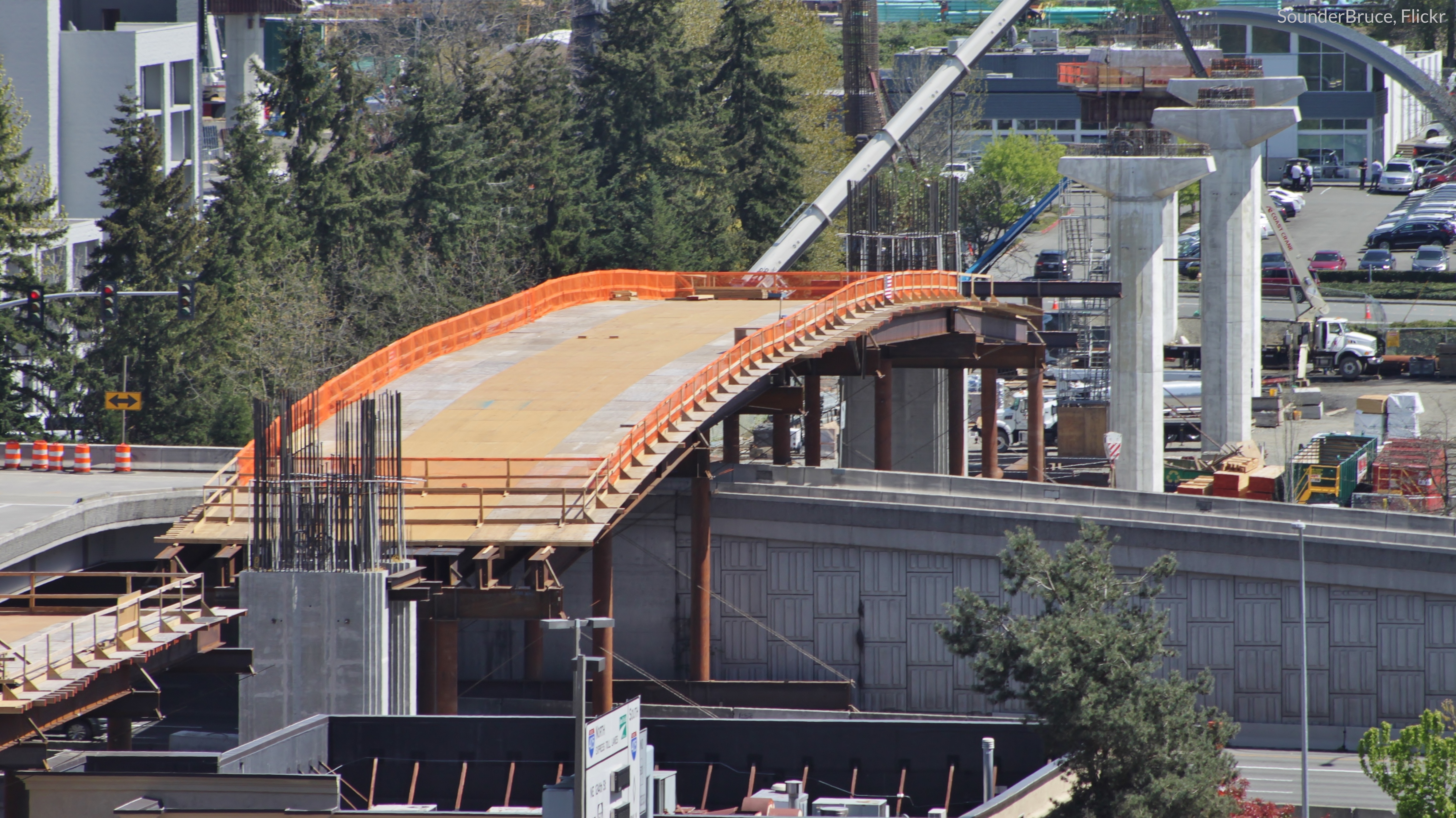Why we are no longer advocating for Congress to increase transportation funding
Since our inception in 2008, Transportation for America has always primarily advocated for reforming the federal transportation program. But raising the gas tax or otherwise raising new funding overall has also been a core plank of our platform since 2013. With the release of our brand new policy platform and principles coming this Monday, Transportation for America is no longer asking Congress to provide an increase in money for federal transportation program. Why?

For as long as I’ve been working in transportation and probably longer, the debate surrounding the federal transportation program has been a one-note affair: a never-ending fight over who gets money and how much money they get. Those who get money want more flexibility to spend it however they want. Those who get a little money want a bigger piece of the pie. And then both political parties come together in a “bipartisan” way to grow the pie and keep everyone happy.
This two-dimensional debate always leaves out an urgently needed conversation about the purpose of this federal transportation program. What are we doing? Why are we spending $50 billion a year? What is it supposed to accomplish? Does anyone know anymore?
Nearly seven decades ago we set out with a clear purpose: connect our cities and rural areas and states with high-speed interstates and highways for cars and trucks and make travel all about speed. These brand new highways made things like cross-country and inter-state travel easier than we ever imagined possible. We connected places that weren’t well-connected before and reaped the economic benefits (while also dividing and obliterating some communities along the way).
We’ve never really updated those broad goals from 1956 in a meaningful way. We’ve moved from the exponential returns of building brand new connections where they didn’t exist to the diminishing, marginal returns of spending billions to add a new lane of road here and there, which promptly fills up with new traffic.
Why in the world would we just pour more money into a program that is “devoid of any broad, ambitious vision for the future, and [in which] more spending has only led to more roads, more traffic, more pollution, more inequality, and a lack of transportation options,” as I wrote in the Washington Post during Infrastructure Week?
What the program should be about is accountability to the American taxpayer—making a few clear, concrete, measurable promises and then delivering on them. The program should focus on what we’re getting for the funds we’re spending—not simply whether or not money gets spent and how much there was.
Does anyone doubt Congress’s ability to successfully spend money? We all have supreme confidence in their ability to spend hundreds of billions of dollars. Our question is whether that money can be spent in a way that accomplishes something tangible and measurable for the American people.
Taxpayers deserve to know what they’re getting for their spending. Today, they don’t, and nothing about the debate so far in 2019 with Congress has indicated that will change. So we’ve scrapped “provide real funding” from our core principles. T4America has concluded that more money devoted to this same flawed system will just do more damage.
Coming next week: our new principles
With the conversation about money put behind us, on Monday we’re releasing three new principles for what we expect this upcoming surface transportation bill to accomplish. We believe that whether Congress decides to spend more money or less, these three things should be paramount.
Every time federal transportation reauthorization comes up, we hear endless cries about the poor state of our crumbling infrastructure. How many bridges are structurally deficient, how poor our roads are, the long backlogs of neglected maintenance, the (severely inflated) costs of congestion, perhaps even a few voices about the alarming increase in people struck and killed while walking…the list of woes goes on and on.
And then, predictably, states, interest groups, members of Congress and others call for more money for the federal transportation program as the only logical solution, with no clear promises made for how this money will solve any of the problems outlined above or precisely what will be better or different after five years of spending yet billions more.
So let’s stop limping along and spending billions with an unclear purpose and marginal returns. We need a clear set of explicit goals for the federal program. We’ll be back here on Monday as we unveil our principles.
See T4America’s new principles and outcomes for federal transportation policy >>




















Pingback: Today’s Headlines – Streetsblog California
Pingback: Transportation For America – Explaining our three principles for transportation investment
Pingback: Advocacy Group: Stop Spending On New Roads – Streetsblog USA
Pingback: Rail-Related News, September 22 – October 7, 2019 | Train Riders Association of California
Pingback: The Week Observed, October 11, 2019 | City Observatory
Pingback: Transportation for America não exige mais financiamento para novas estradas e rodovias | Blog Ambiental
Pingback: Transportation For America – Members of Congress launch a new caucus on transportation policy